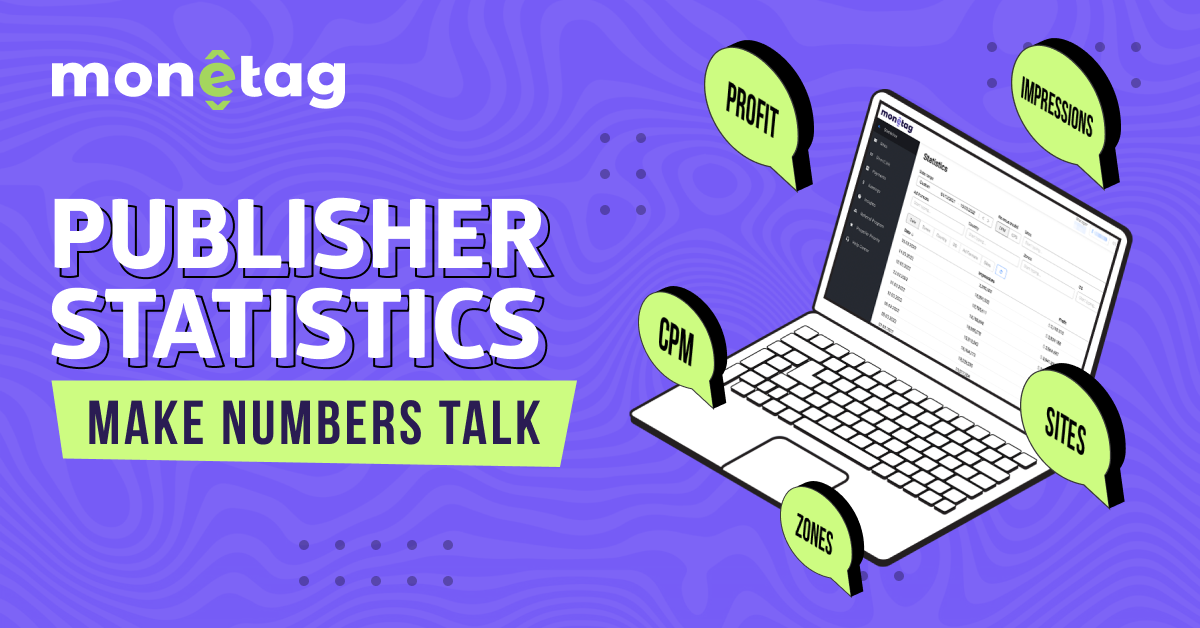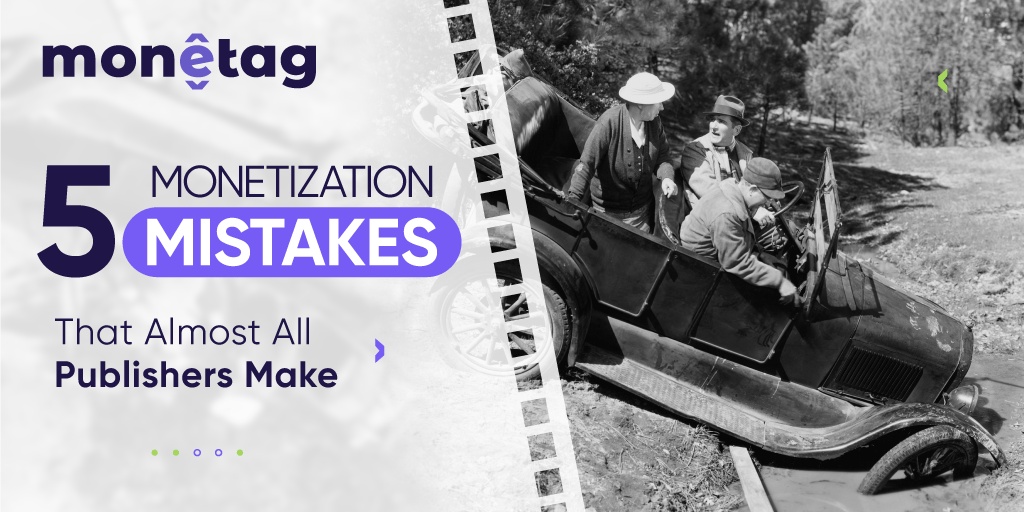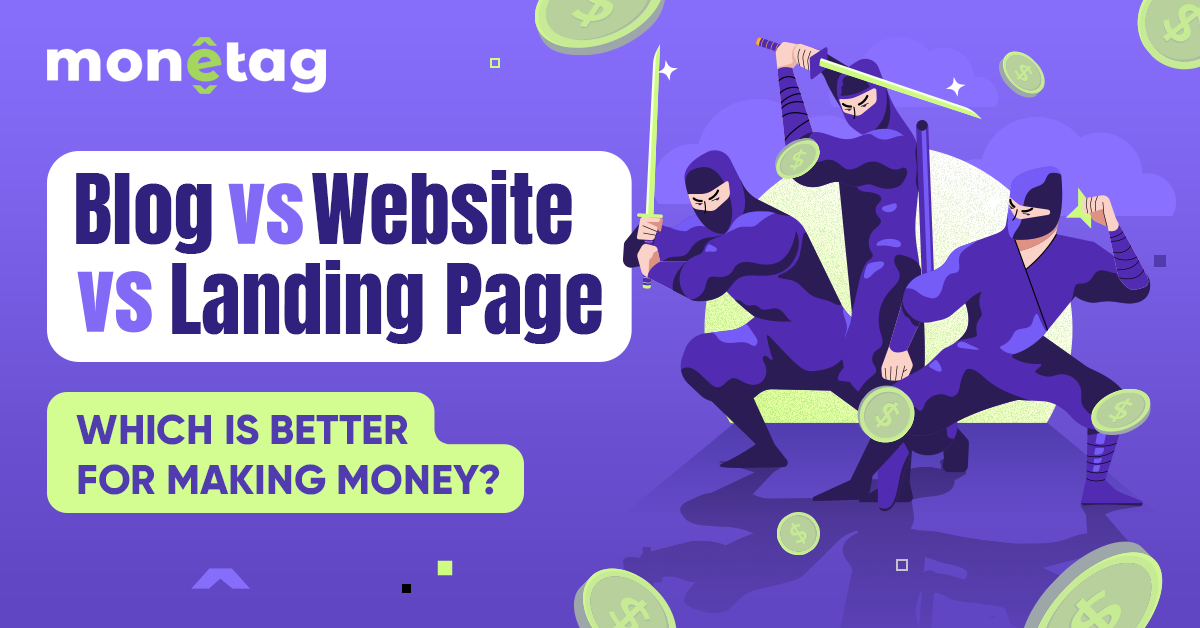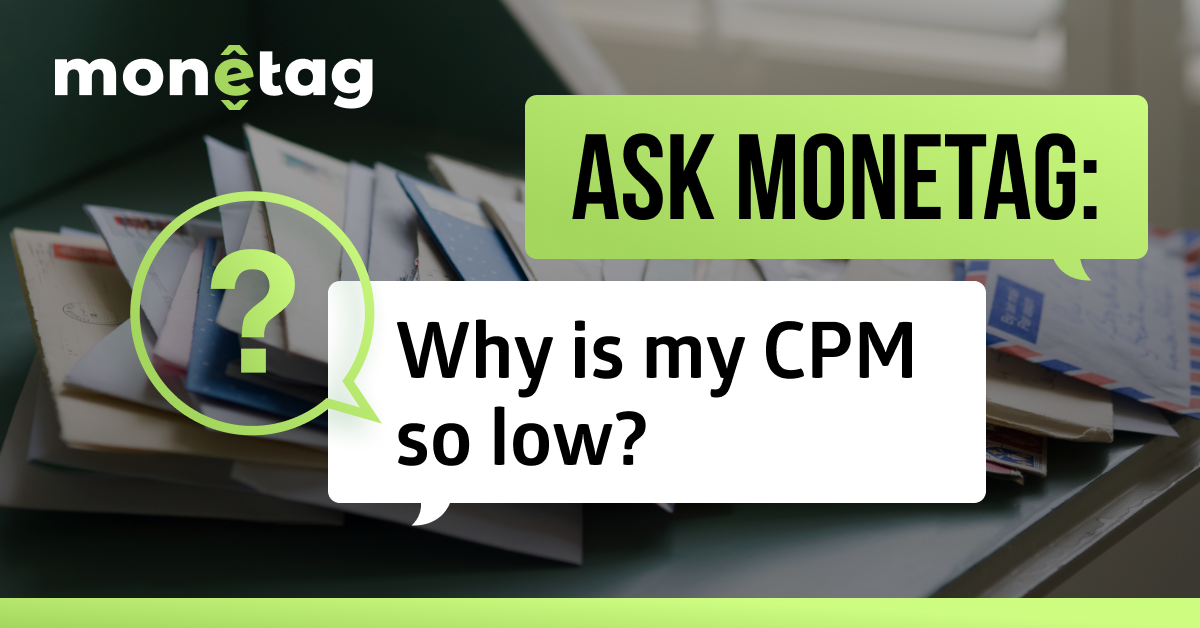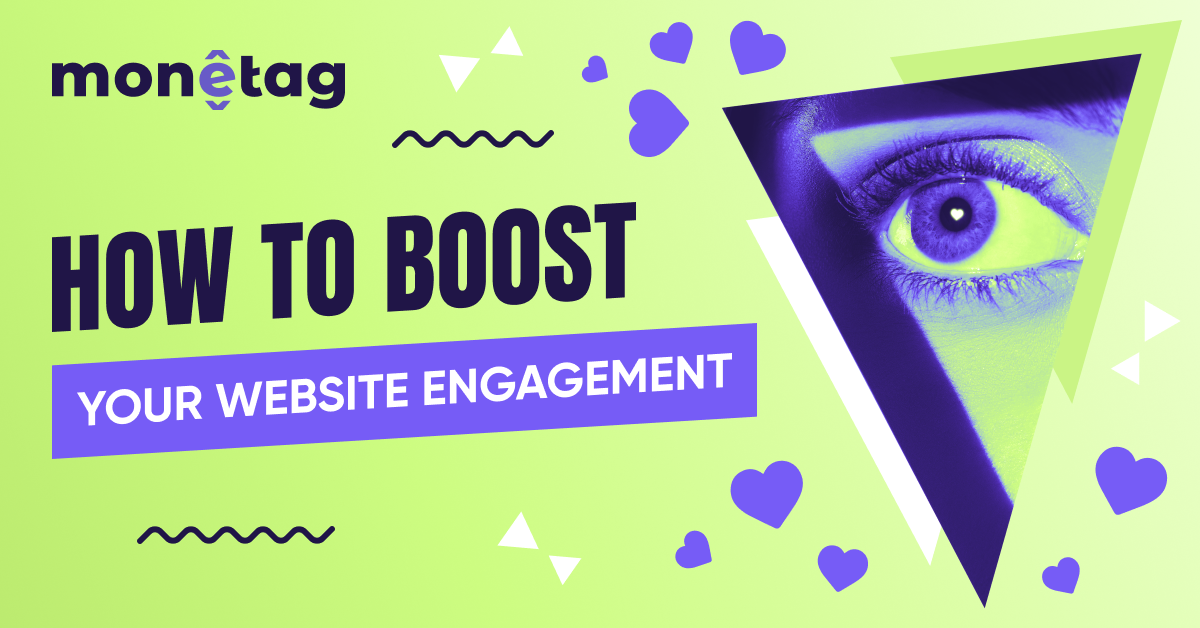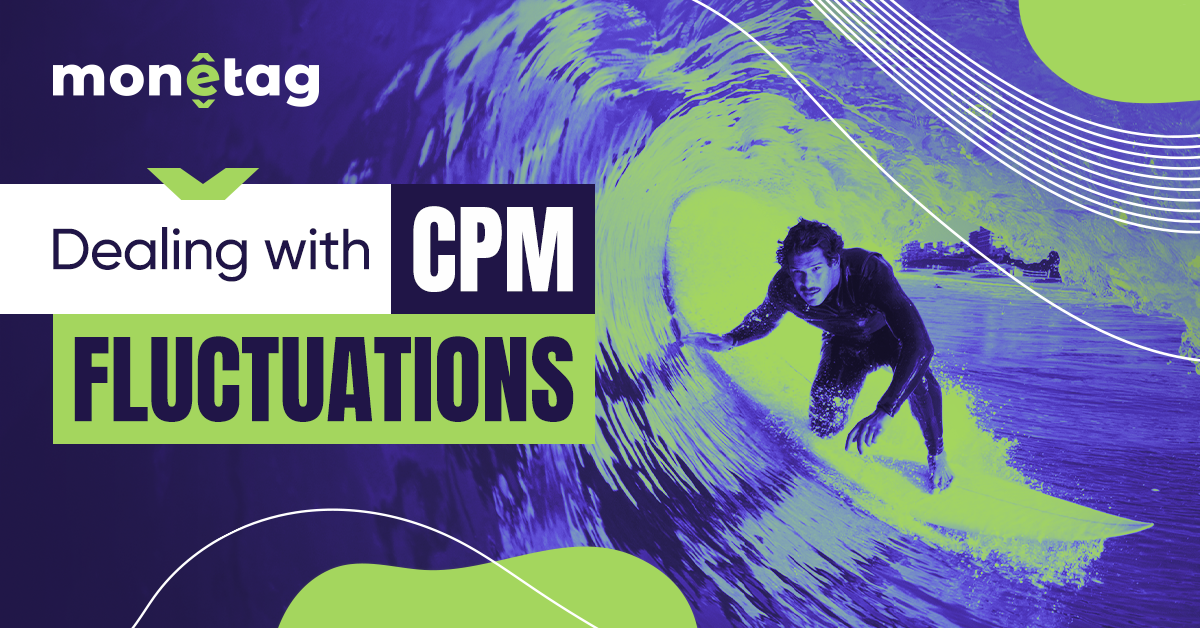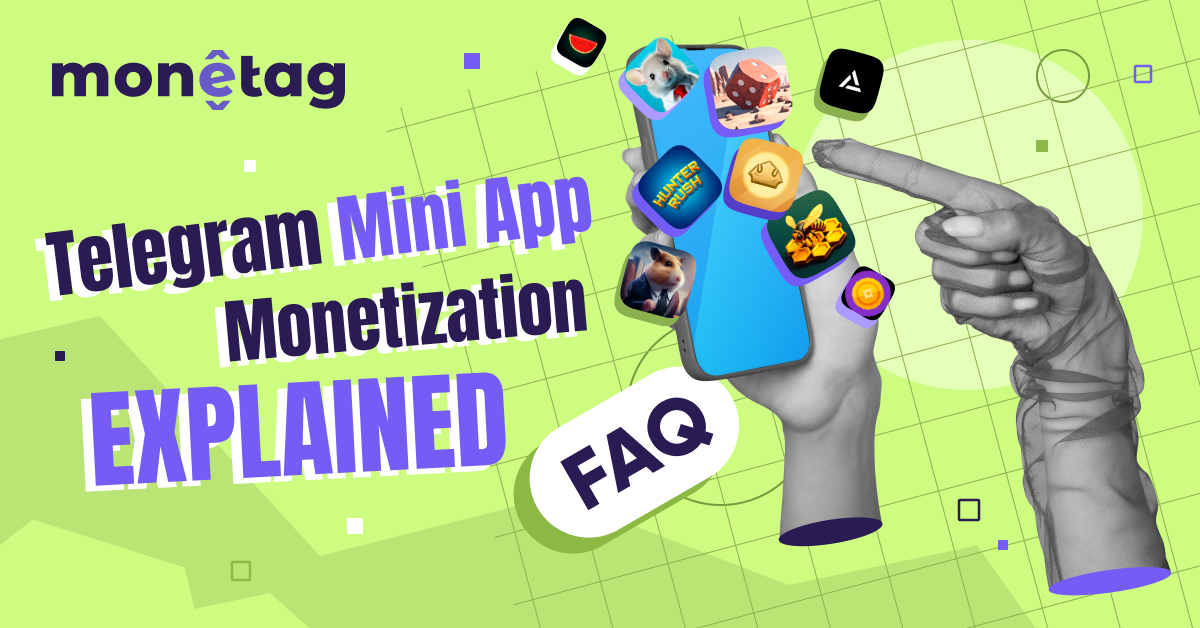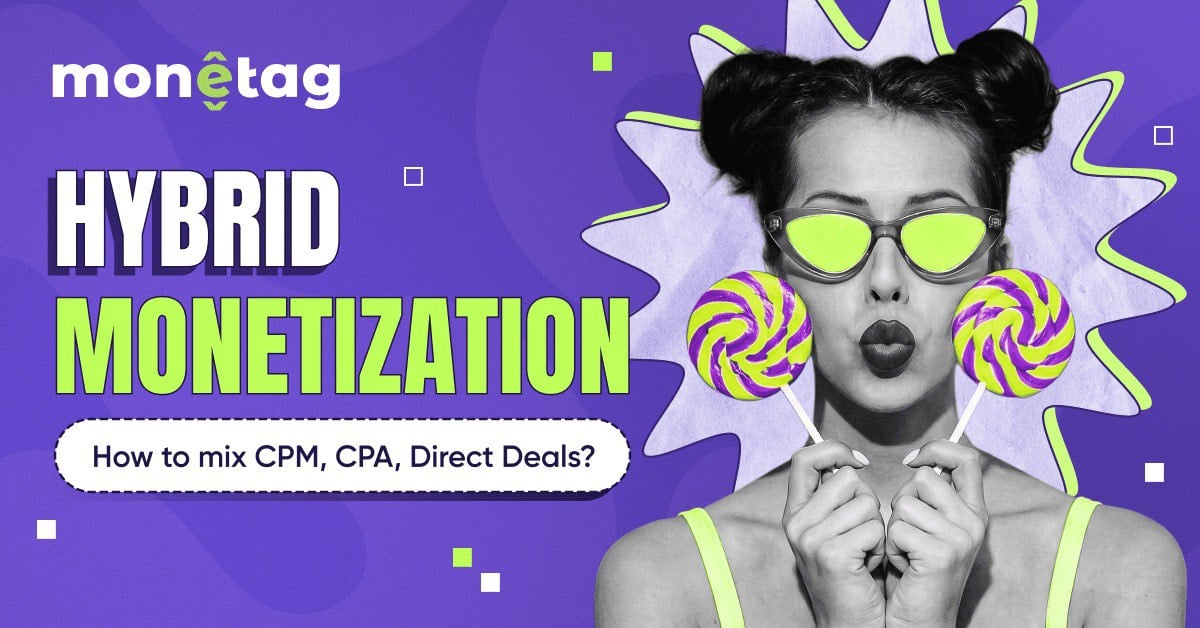What is CPM advertising? Cost Per Mille Explained
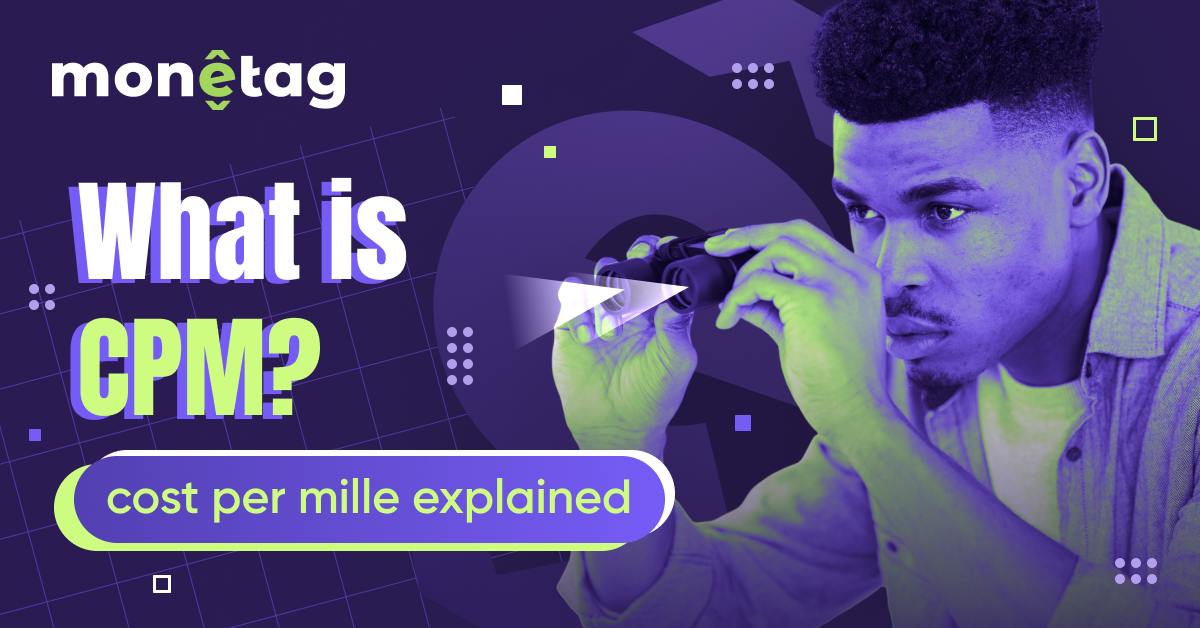
This post is also available in:
Pt
Es
If you’ve ever visited publisher forums or browsed monetization blogs, you’ve probably come across threads discussing CPM rates.
We all know how frustrating all these acronyms can be! But fear not – today we will go through definitions (and not only) of what is CPM in advertising, what these mysterious CPM rates are, how to increase them, what they depend on, and how they differ from other metrics.
Let’s get started!
What is CPM in advertising?
CPM in advertising stands for “Cost Per Mille” otherwise called “Cost Per Thousand.” Before you think we’re talking about premium Italian coffee, here’s an explanation of what CPM is.
CPM is a common advertising metric used by website owners and advertisers and it stands for Cost Per Mille (where “mille” is Latin for “thousand”). It represents the cost of displaying an ad one thousand times on a website.
This metric is critical for website owners who monetize their sites through advertising, as it helps them understand the revenue potential of their ad inventory.
Imagine running an anime website. Allowing advertisers to display their ads monetizes your site. These advertisers or monetization platforms will most likely pay you according to CPM rate.
Your first thought might be, “Why a thousand? Not a hundred or a million?
The reason is pretty simple: a thousand views is a reasonable and controllable number that tells you how many people are seeing ads. If we were dealing with individual views, we would end up with enormous numbers that would be really hard to manipulate and analyze.
How does CPM Advertising Work?
So, we covered the groundwork; now, let’s dive into the meat of CPM ads.
Everyone from publishers to advertisers to site users is involved in the process. For publishers, CPM advertising is an excellent way to monetize their website visitors. A website’s traffic and page views determine the sale of ad impressions.
Many publishers, especially those with high-traffic sites, find CPM to be an attractive strategy. This is because of the direct correlation between traffic volume and potential revenue.
For example, you have your anime website. There are a lot of anime fans out there, and you want to capitalize on their fascination. So you join a monetization platform that connects you with advertisers who want to show their ads on sites like yours because they are interested in that specific audience – anime fans. Maybe this advertiser promotes video games, and they know that anime fans tend to convert well.
The monetization platform selects an ad to display when a user visits your Anime Paradise site after quickly reviewing all available ads. It’s like a very fast auction behind the scenes. Instantly, the ad is displayed and you’re one step closer to earning that cost-per-thousand.
The catch is that you don’t get paid for a single ad view. Keep in mind that CPM in advertising refers to cost-per-thousand. So the frequency of ad impressions on your site will be tracked by the monetization platform, and you will be paid accordingly.
Here’s an important notice: most of these platforms allow publishers to manually control ad frequency per user, in other words, how many times a day a user will be shown an ad. It’s really important since you don’t want to bombard users with ads.
When you reach the 1000 impression threshold for a particular ad, it’s a done deal! The cost per mille rate is yours to keep.
How is CPM Calculated?
Understanding how CPM is calculated is not as complicated as you might think. In order to calculate the CPM, you need to know two variables: the total cost of the advertising campaign and the total number of ad impressions that were generated by the campaign.
The formula to calculate CPM is the following:
CPM = (Total Cost of Campaign / Total Number of Impressions) x 1,000
Here’s a real-life example of cost per mille to help you understand. Imagine for a second that a company is interested in advertising on your anime website. Their ad campaign for “anime video game” is worth $500. If their ad appears 100,000 times on your site, a lot of anime fans will see that ad.
CPM = ($500 / 100,000) x 1000
CPM = $0.005 x 1000
CPM = $5
What CPM Rate Depends On
Your CPM rate can go up or down depending on a myriad of circumstances, from the device your users choose to access the site (mobile or desktop) all the way to seasonality – higher during sporting events and sales, and typically lower in the summer.
Here are some of the elements that can affect cost per mille:
#1. Niche Popularity
Your website’s niche matters. Some advertising niches are more profitable than others. For example, a sports website has a higher monetization potential (especially during major sporting events) than a food blog. But again, that doesn’t mean a food site can’t be profitable.
#2. Geographic Location (GEO)
The origins of your visitors are significant. Marketers frequently shell out extra cash to reach consumers in specific countries. So, CPM advertising rates can be greater if your anime-loving audience is primarily from the US or UK.
#3. Ad Format
Thirdly, ad placement affects cost-per-thousand impressions. Higher CPMs are frequently associated with more prominently displayed ads like Popunders.
How to Increase your CPM?
You can train your website to earn better CPMs. The foundation of any great website is high-quality, engaging content. Your content’s appeal will decide how long and often readers stay, and this enhanced involvement may result in higher CPMs.
Remember to cater to your audience’s preferences by providing more of what they enjoy.
Second, make the most of your ad formats. Remember when we said that ad formats matter? Try testing different ad formats to see which ones generate higher profits. For this purpose, we recommend using MultiTag – a great tool for analyzing the performance of various ad formats.
Practice moderation, though. An overabundance of ads can scare visitors away as quickly as a vacuum cleaner can scare a cat.
Third, to improve the user experience, make your site load quicker than a greyhound chasing a rabbit. Customers will be irritated, and your CPM will suffer if your site is slow. Make sure your site is responsive and displays correctly on all devices, particularly mobile.
Utilizing analytics tools, determine which content generates the highest CPMs. Then, make any necessary adjustments based on your findings. Next, note what is effective.
CPM Advertising vs. Other Marketing Metrics (+RPM)
Knowing the differences between CPM and other marketing KPIs is very essential. See the comparisons below:
CPM vs. CPC (Cost Per Click)
CPC deals with clicks, while CPM in advertising is all about impressions. Ads with CPC only cost money when people click on them.
CPM vs. CPA (Cost Per Acquisition)
In CPA, advertisers only pay when users comply with the required action. For instance, if they click the ad and buy or subscribe.
CPM vs. RPM (Revenue Per Mille)
Cost per mille (CPM) refers to the money an advertiser spends per 1,000 times their ad is displayed, while revenue per mille (RPM) measures the revenue generated per 1,000 ad impressions.
The formula for RPM is:
RPM = (Total Revenue Earned / Total Number of Pageviews) x 1000
RPM includes all revenue generated from ads on a particular site, including display ads, video ads, and any other ad types. RPM is a key performance indicator for publishers who want to maximize the revenue they generate from advertising.
RPM represents your bottom line, which is how much you’re actually making.
Conclusion
If you want to grow your monetization business and maximize ad revenue, understanding and optimizing CPMs is essential.
Focusing on generating quality traffic, engaging content, and providing a good user experience can always achieve higher CPMs and improve your overall monetization strategy.
Of course, building a monetization powerhouse takes time and a lot of experimentation to see what works for your particular audience. That is why we have a wide range of case studies for both new and experienced publishers. Tap into the knowledge, and see you at Monetag!
